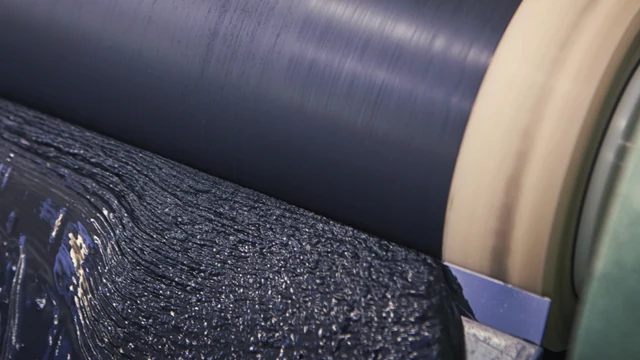
製品
燃料電池むけスクリーン印刷用ろう付けペースト
固体酸化物燃料電池(SOFC)は比較的安価でありながら優れた性能を提供します。そしてヘガネスは最適なコーティングの一貫性を提供しながら、最高のシールリングと接合部を確保するために必要なろう付け粉末とペーストを提供します。
お問い合わせ

セールス・技術サポート
詳細情報およびご要望は、各販売会社にお問い合わせください。
問い合わせ
問い合わせフォーム
担当者
Technical area:
Brazing
国を選択 *
問い合わせ内容 *
営業
営業
テクニカルサポート
姓 *
名 *
会社 *
職種 *
最高経営責任者(CEO)/オーナー
調達
設計技術者
ビジネス開発者
機械装置オペレータ
その他
E-mail *
電話番号(法人) *
メッセージ *
プライバシー保護に関する方針
私は、ヘガネスが、私と連絡をとる目的で、私の個人データを利用することに同意します。 また、私の連絡先情報をニュースレターやその他関連情報といったマーケティング目的に使用することに同意します。 データが第三者と共有されることはありません。 また、16歳以上であることを認めます。
個人情報の取扱いに関する詳細は、弊社のプライバシー保護方針でご確認いただけます。
利用規約に同意する必要があります。


